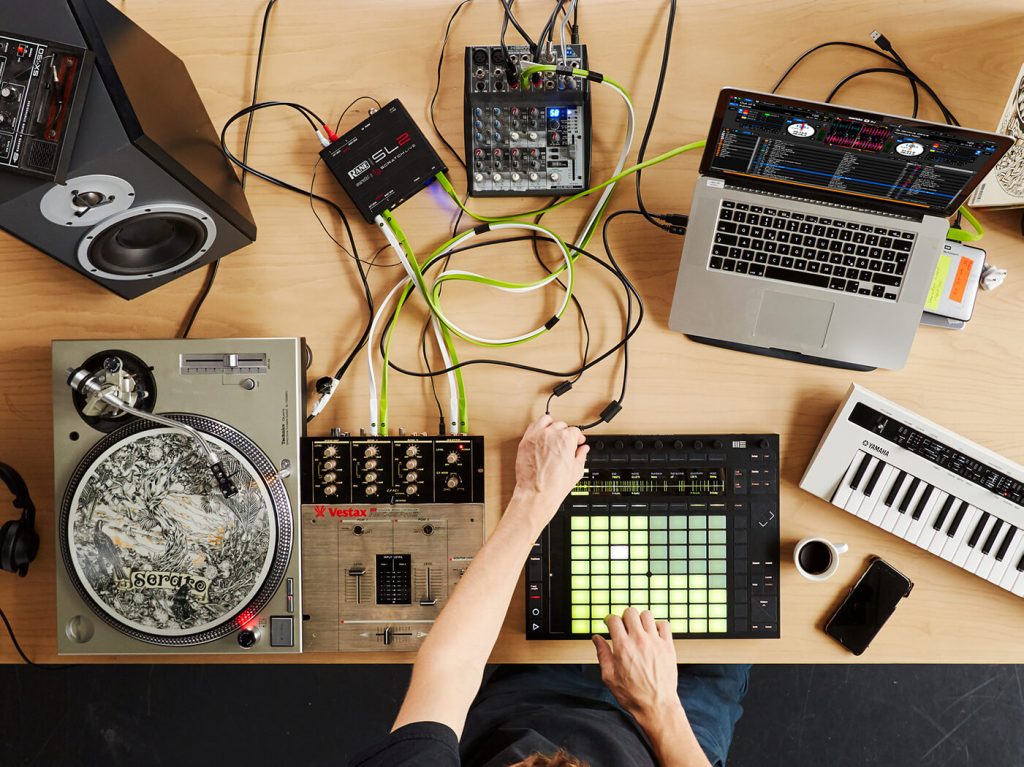Last month we got familiar with New York musician Rob Massar, A.K.A. Public Prism. He has been using DAWs (Digital Audio Workstation) to create music for most of his life.
He’s perfected the art of using digital instruments to accompany his unique style of folk/indie. Usually you see DAWs referenced by DJ’s, but Rob has some tips for using them to make more genre fluid music.
1. “Purchase a good pair of ear plugs. Wear them while using high powered headphones and studio monitors. My wife gifted a fantastic set from Eargasm and they eliminate damaging frequencies. Often at the beginning of learning to use Ableton Live I was jolted by an unforeseen loop of feedback from routing tracks incorrectly or just by exploring the catalog of digital instruments, and tweaking the perimeters of a synth.”
Check out Eargasm Ear Plugs by clicking here!
2. “Train your ears. Study the low, high, and mid range decibels and frequencies of your choice instruments. Learn what sounds complement and contrast one another. Ask questions like “is this bass tone too high and getting cluttered together with the guitar?” Creating music in a DAW involves a mindset that can blend, pronounce, and share space with with a diverse pallet of audio samples and recordings to achieve a coherent movement.”
3. “Read the manual for your chosen DAW software. Become familiar with the general flow of the table of contents, and take notes about essential key elements. There is nothing more confounding when for example I learn to route an external devise, such as a delay processor, and a month later forget the steps involved. Understanding and navigating your workstation will allow seamless sessions to emerge.”
4. “Test your work. Perform at a community space. Invite friends and family to a house party and play your songs live! An imperative function of a DAW program is routing tracks via the outputs of an audio interface to speakers, subwoofers, and amplifiers of your choice, or just plug right into a venue’s PA system. Showcasing your work invites a level of awareness that the comfort of your solitude dims. Through these experiences new insights will emerge to assist and refine your skill as an artist.”

5. “Have fun. Revel in the creative process. Academia infers that it takes about 10 years to master a subject. Often I have to remind myself to reorient my attention to the elements of writing, recording, and engineering that provide joy, or act as a refuge from the difficulties of developing as an artist. You will undoubtedly fail, experience doubt, and work through fear, so remember to love the work you create, and love yourself. All the tools are at your finger tips with a DAW to allow you to master your vision.”
Check out Public Prism’s music:
*thumbnail image from MusicTech.net “How to Link and sync with Ableton Live”
